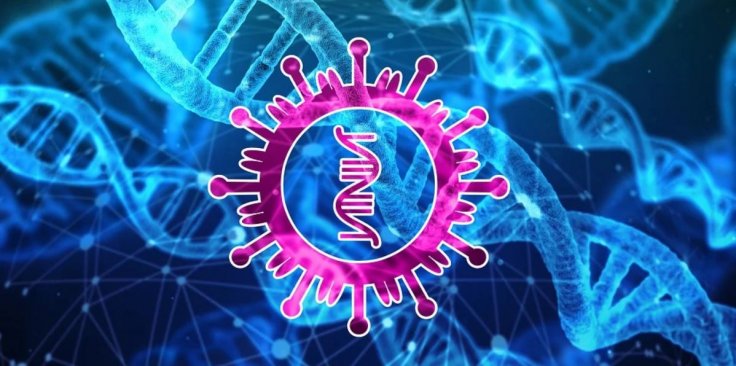One of the biggest hurdles faced in the battle against COVID-19 is the effective delivery of therapies against the disease. However, a new technique targeting the virus's genetic material could help develop therapies with better delivery systems that can stop the spread of the virus in its tracts.
It was developed by researchers from Stanford University in collaboration with the Molecular Foundry, a nanoscience user facility located at the Department of Energy's Lawrence Berkeley National Laboratory. It combines a type of CRISP technology developed by Prof. Stanley Qi from Stanford University with a synthetic molecule known as lipitoids discovered by Michael Connolly of the Molecular Foundry.
"An effective lipitoid delivery, coupled with CRISPR targeting, could enable a very powerful strategy for fighting viral disease not only against COVID-19 but possibly against newly viral strains with pandemic potential," said Connolly, in a statement.

Repurposing An Existing Tool
In 2019, Qi's team had begun work on a technique known as called PAC-MAN – or Prophylactic Antiviral CRISPR in human cells. It employed a gene-editing tool caller CRISPR to combat influenza. However, in January 2020, a new coronavirus—SARS-CoV-2—emerged, and Qi considered the use of PAC-MAN to tackle it. "So we thought, 'Why don't we try using our PAC-MAN technology to fight it?'" said Qi.
As all CRISPR systems do, PAC-MAN consists of specific enzyme—a virus-killing enzyme known as Cas13—and a strand of RNA that guides Cas13 in eliminating particular nucleotide sequences within the coronavirus's genome. By impeding the pathogen's genetic code, the system prevented its replication within host cells.
Finding An Effective Delivery System
While the gene-editing method was effective, the challenge that Qi faced was converting it from a mere tool to a coronavirus targeting therapy. For that, an effective delivery system was necessary. "But my lab doesn't work on delivery methods," said Qi.
After the publication of their study, his team learned of the synthetic molecules known as lipitoids that Connolly was working on at the Molecular Foundry. Lipitoids are a kind of synthetic peptide—a chain of amino acids—mimic called 'peptoid'. It was discovered by Connolly and his mentor Ron Zuckermann 20 years ago and has been perfected since then. its effectiveness in the delivery of DNA and RNA to a vast range of cell types has been proven as well.

Researchers exploring the potential therapeutic use of liptoids have been able to demonstrate that these molecules have no toxic effect on the body. They can transport nucleotides by covering them within minute nanoparticles the size of a virus—just one billionth of a meter wide.
Merging the CRISPR-based Method With Lipitoid Delivery
Qi's team tested a kind of lipitoid known as Lipitoid in April. It assimilated with DNA and RNA within PAC-MAN carriers in a sample of human epithelial cells from the lungs. Reportedly, the lipitoids functioned exceptionally. It reduced the load of synthetic SARS-CoV-2 in solution by over 90 percent when it was combined with the coronavirus-oriented PAC-MAN.
"Berkeley Lab's Molecular Foundry has provided us with a molecular treasure that transformed our research," expressed Qi.
The researchers intend to study the PAC-MAN/lipitoid combination in an animal model consisting of live SARS-CoV-2 virus. Scientists from Karolinska Institute in Stockholm, Sweden and New York University will collaborate with the team on the intended tests.
If these tests prove successful, Qi's team will continue to partner with Connolly to design PAC-MAN/lipitoid therapies not just for SARS-CoV-2 but also other coronaviruses and attempt to upscale their experiments into preclinical tests









